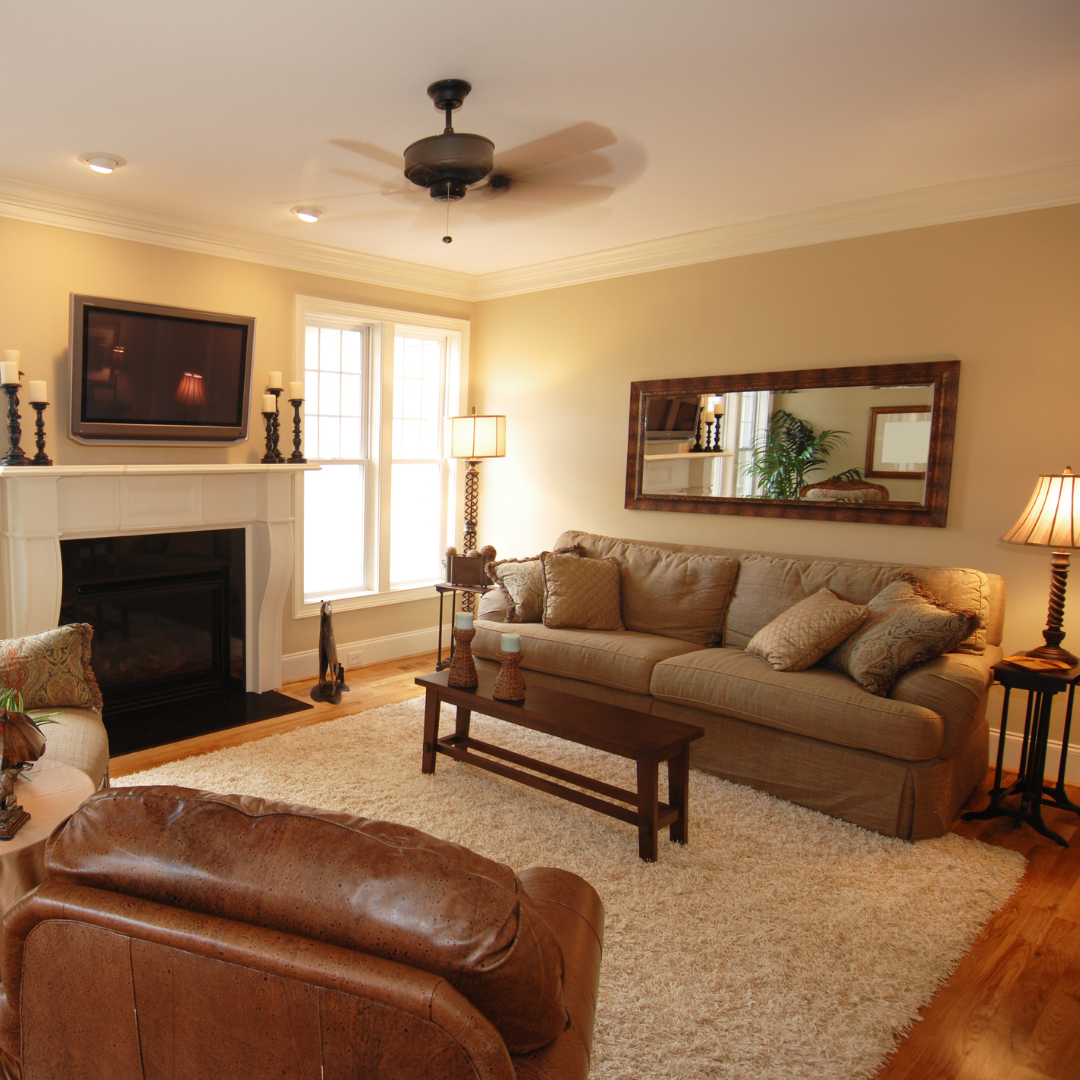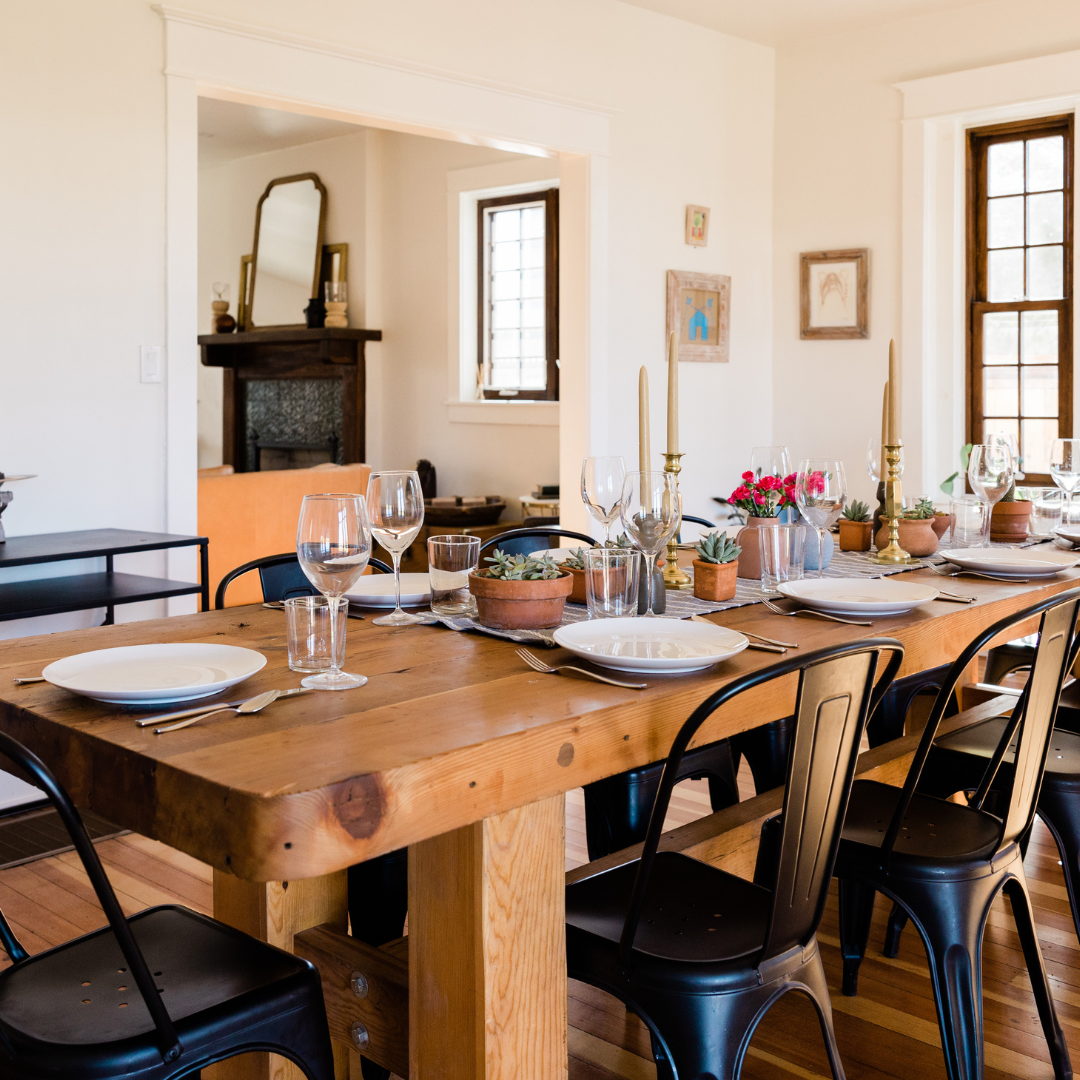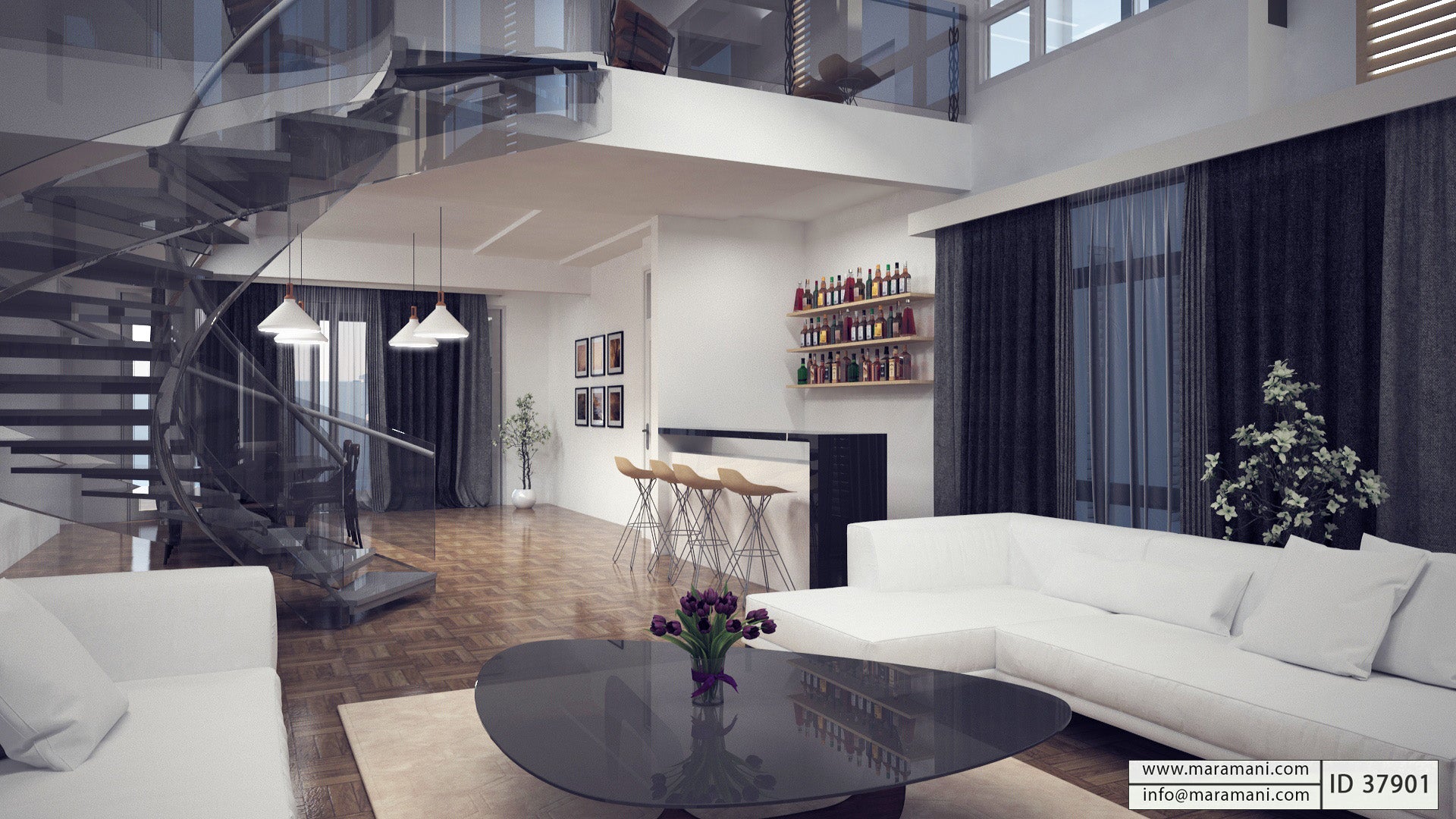When evaluating the purpose of certain rooms within your home, some of the lines of the layout and floor plan can get blurred. This can prompt you to ask yourself; is this a family room or a living room?
While these two terms have commonly been used interchangeably when referring to a particular space, there are some differences between living rooms and family rooms.
There are technically no fast and hard rules, rather small distinctions that determine whether a room serves its true purposes or whether it just works.
Family Room

As the name strongly suggests, a family room is a space where you spend time with family, friends, and guests. in group recreation activities like watching TV, talking, and other things that can be done indoors
Unlike living rooms, family rooms are often set deeper within the house, while living rooms are often at the front of the house.
The layout of a family room is often centered around a particular point such as a fireplace, a TV, and other entertainment devices.
A lot of time is spent in family rooms and the occasional stains and spills are to be expected. For this reason, materials and pieces chosen for a family room should be comfortable, practical, and durable.

Stylish modern options for family rooms can include coffee tables with storage compartments, throw pillows and modular seating that can be separated and adjoined to suit different use case scenarios.
These items can be complemented with objects with soft edges and decorative books to create a homely décor within a family room.
Experts note that it is fairly common to have toned down and restrained décor in this space.
Family rooms have passageways that make it easier for family members to access other critical areas of the home. Family rooms often have doors leading into the kitchen, and also have immediate access to a patio, a deck, and other outdoor features found at the back of a house.
Living Room

Also commonly called a lounge room or a sitting room, a living room is a space near the middle or front of the home reserved for entertaining guests, reading, talking, and watching television.
Living rooms are typically one of the largest rooms of a house. This spacious nature is meant to accommodate large sets of furniture, entertainment sets, and ornamental storage units.
The living room is often adorned with large art pieces such as paintings and sculptures.
Function

Interior designers have observed that one of the major distinctions between a family room and the living room is the function that the room serves. This is best understood when considering a household that has both a living room and a family room.
A living room could be set up to be more proper than the family room and is mostly reserved for entertaining guests and conversations in general. Creating a conversational layout is more detailed than it initially appears. It is common to have two chairs directly facing a sofa, or two sofas facing each other in a living room, thus prompting conversation among its occupants.
Living rooms have long been made more luxurious and fancier with the additions of plush materials like satin, velvet, marble, and glass. This is because the décor takes center stage in living rooms since guests and family members are likely to spend a lot of time having conversations there.
As a result, you can decorate a living room with items that you reserve for special occasions and those that are not necessarily used every day.

These items can include antique finds, treasured gifts, prized china sets, and family heirlooms. Packing your living room with tasteful items that are packed with a rich history could make the space stand out and offer a relaxed and personal aura.
Family rooms are always meant to feel less formal than living rooms. Also, instead of featuring masterful pieces of art on the walls of a family room, they feature ample family photos and memorabilia that give the space a more personal, cozy, and homely feeling.
A family room is more relaxed and casual, and often features a TV. As a result, family members kick back and enjoy some TV, music, video games, and a family computer.
A family room typically accommodates some opportunities for children to play. Suitably, they have child-friendly furniture and the features are neatly arranged to ensure largely unrestricted movement into and within the family room.
Aesthetic Appeal

Interior designers do not have a blanket statement that fully defines the aesthetic properties of living rooms and family rooms. However, the consensus is that living rooms are the more formal and aesthetically pleasing of the two rooms.
Living rooms can be fitted with placements like striking sofas, prized art pieces, and antique furniture. Family rooms, on the other hand, feature large comfortable sofas, plenty of room to spend long periods in, and other features that denote practicality and comfort.
The future of interior design

While living rooms and family rooms have been a staple of housing for eons, formal spaces are gradually fading into design oblivion. This is attributed to more people favoring a ‘full-use’ ideology that cuts down on the size of spaces that are sub-optimally used. Thus, it is slowly becoming rarer to see many houses with whole rooms designated for the odd formal event and special occasions.
Conclusion
Many of us have confidently used the terms living room and family room when talking about a certain space within our homes. This article sought to answer common questions about the difference between the two terms and how they are realized in practice. Remember that every household bears unique sets of needs and that you have likely designed the interior of your home according to your priorities and preferences.






Leave a comment
This site is protected by hCaptcha and the hCaptcha Privacy Policy and Terms of Service apply.